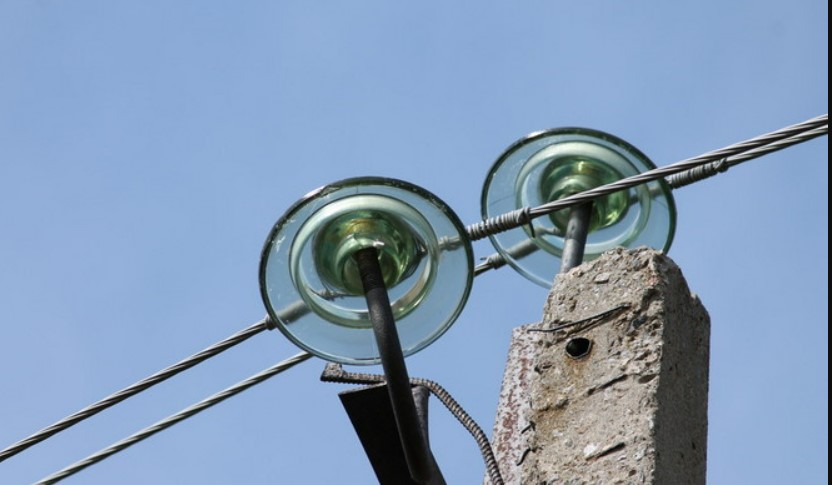Renewable energy is vital for a sustainable future. It includes solar, wind, and hydropower. Each of these sources requires reliable insulators. Insulators are essential for protecting electrical components and ensuring safety. Let’s explore their roles in renewable energy systems.
Solar Energy and Insulators
Solar energy is growing rapidly. Solar panels convert sunlight into electricity. However, this process involves high voltages. Insulators protect against electrical surges. They prevent current leakage and maintain system integrity. High-voltage insulators are crucial in solar farms. They ensure that energy is transmitted efficiently and safely.
In solar applications, insulators must withstand harsh conditions. They face extreme temperatures, moisture, and UV radiation. Advanced materials like silicone rubber and composite polymers are often used. These materials enhance durability and performance.
Wind Energy and Insulators
Wind energy is another key player in renewable resources. Wind turbines generate electricity from wind motion. Insulators are vital in wind turbine systems. They protect cables and components from electrical faults. They also prevent short circuits.
Wind turbines operate at significant heights. This increases the risk of lightning strikes. Insulators help to divert lightning away from critical components. They protect the entire system from damage. This is especially important in offshore wind farms, where maintenance can be challenging.
Hydropower and Insulators
Hydropower is one of the oldest renewable energy sources. It relies on the flow of water to generate electricity. Insulators in hydropower plants play a crucial role. They ensure that high-voltage lines remain safe and functional.
Hydropower systems face unique challenges. Water can create corrosion, affecting insulation materials. Selecting the right insulator type is essential. Materials must resist water and chemical exposure. This ensures long-term reliability and safety.
Insulator Technology Advances
As renewable energy systems grow, insulator technology must advance. Innovations are focusing on materials and designs. Newer insulators are more resilient and efficient. They can handle higher voltages and extreme environmental conditions.
Smart insulators are emerging. These devices monitor electrical conditions in real-time. They can detect faults early, reducing downtime. Integrating smart technology enhances system reliability.
The Future of Insulators in Renewables
The demand for renewable energy is rising. This trend will drive innovation in insulator technology. Researchers are exploring new materials. They aim for lighter, more durable, and cost-effective insulators.
Environmental considerations are also important. Sustainable materials are being developed. These materials minimize the environmental impact of manufacturing. They can contribute to the overall sustainability of renewable energy systems.
Conclusion
Insulators play a vital role in renewable energy systems. They ensure safety and reliability in solar, wind, and hydropower applications. As technology advances, insulator materials and designs will continue to improve. This evolution is crucial for supporting the growth of renewable energy. A sustainable future depends on reliable energy systems, and insulators are at the heart of this effort.
The ongoing development of insulators will enhance the efficiency and safety of renewable energy. It will support the transition to a greener, more sustainable world.



